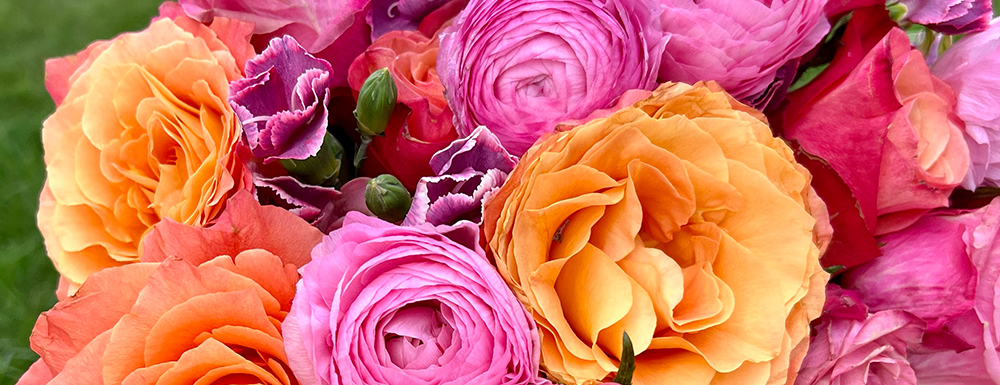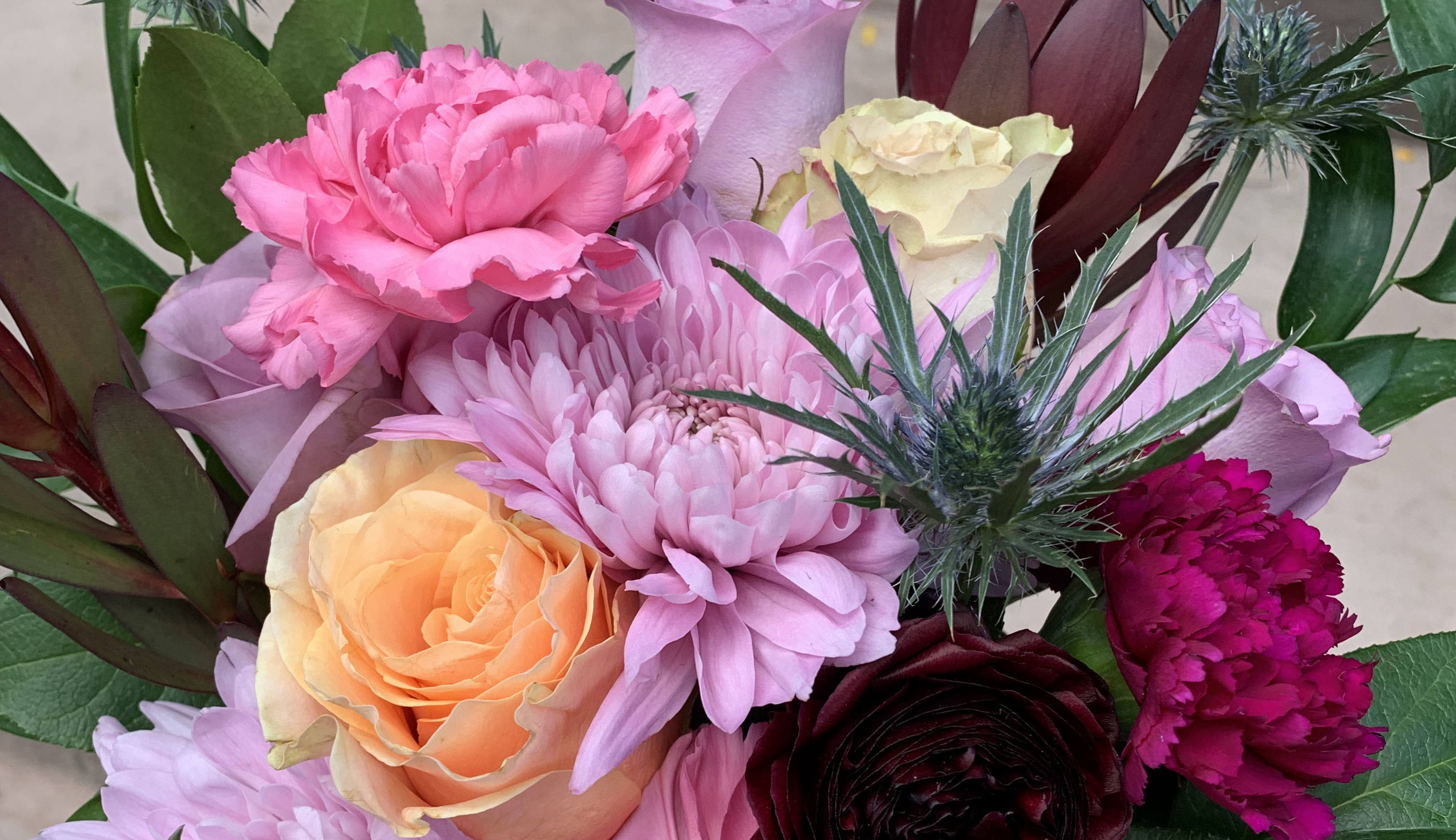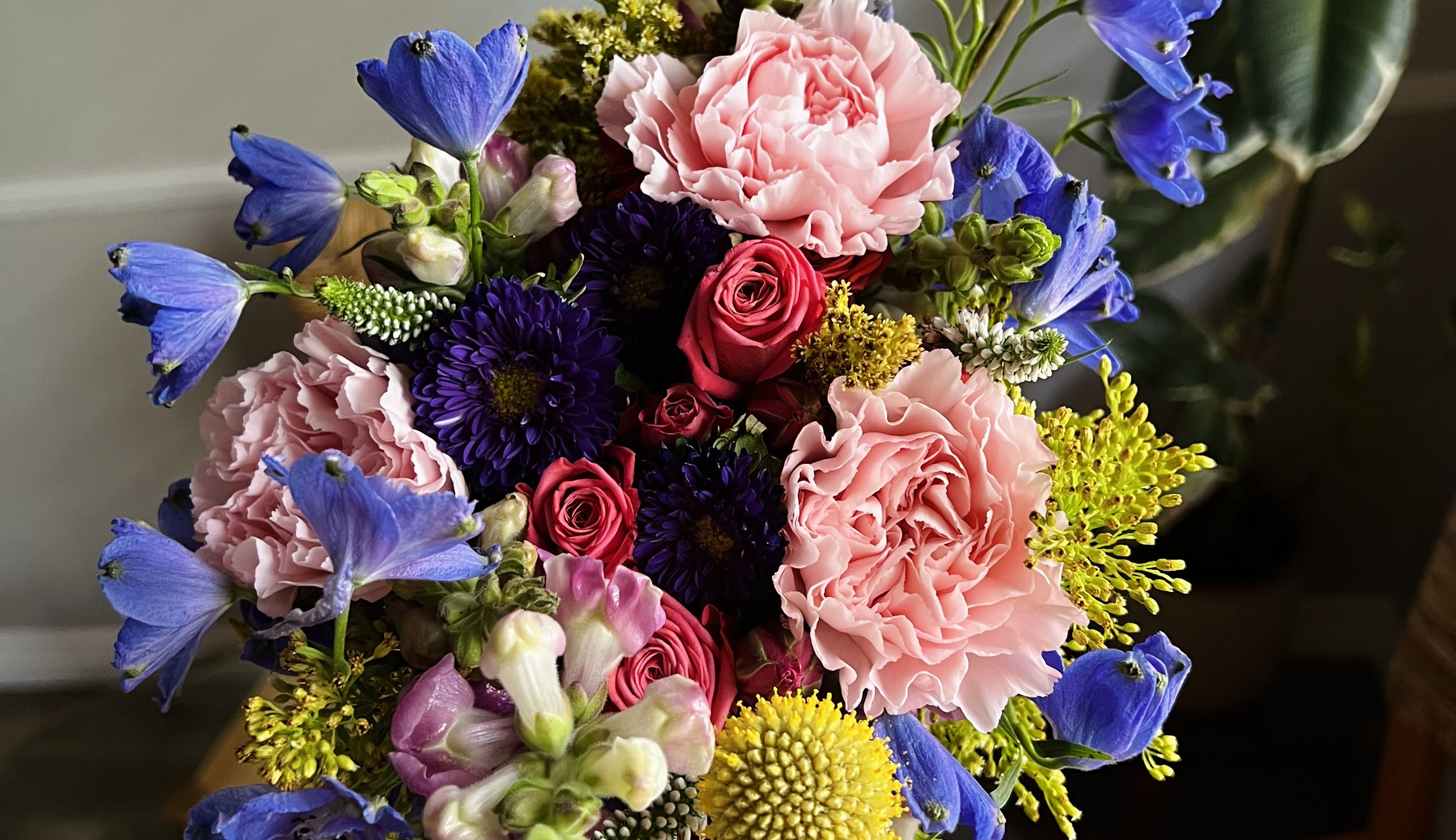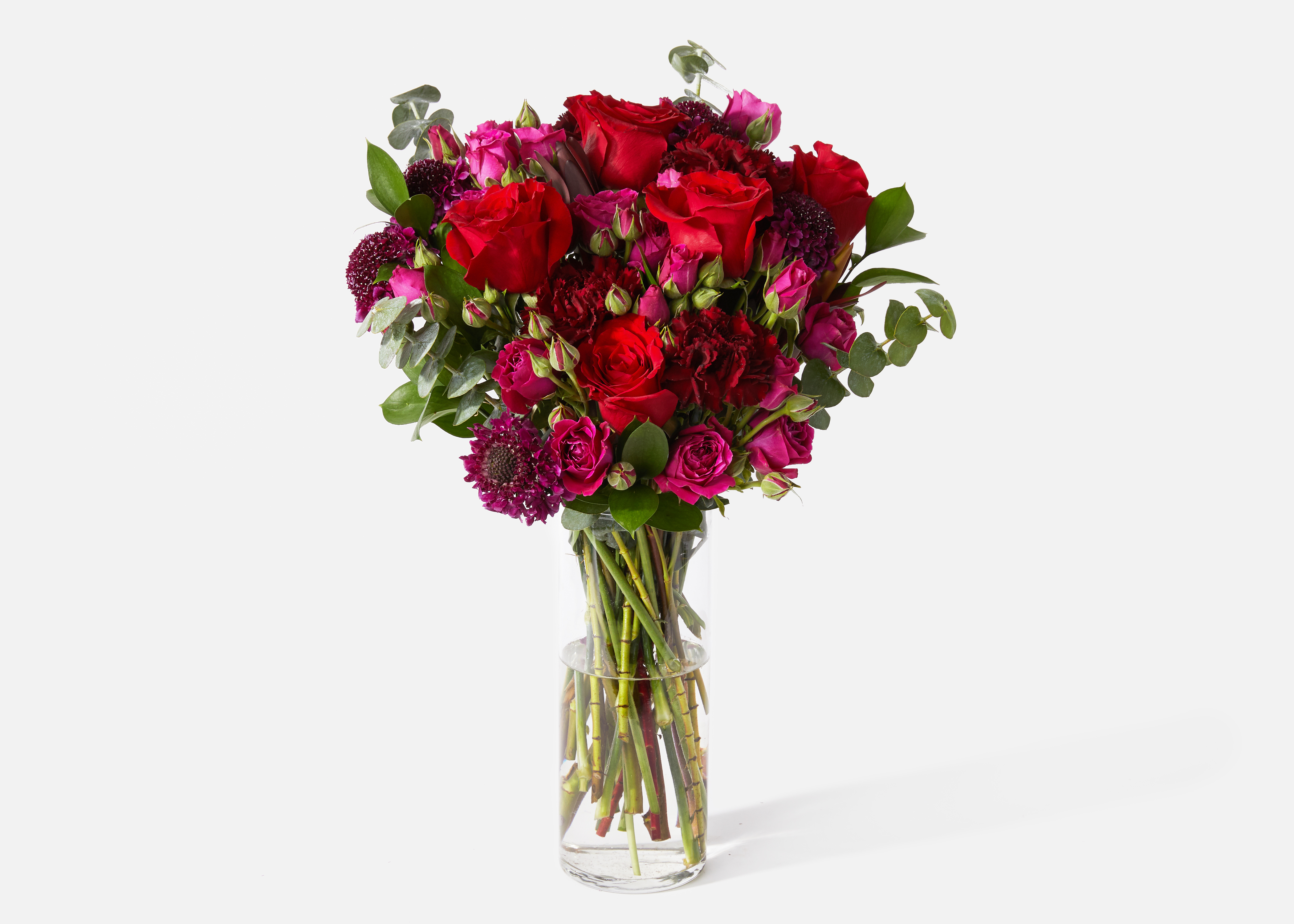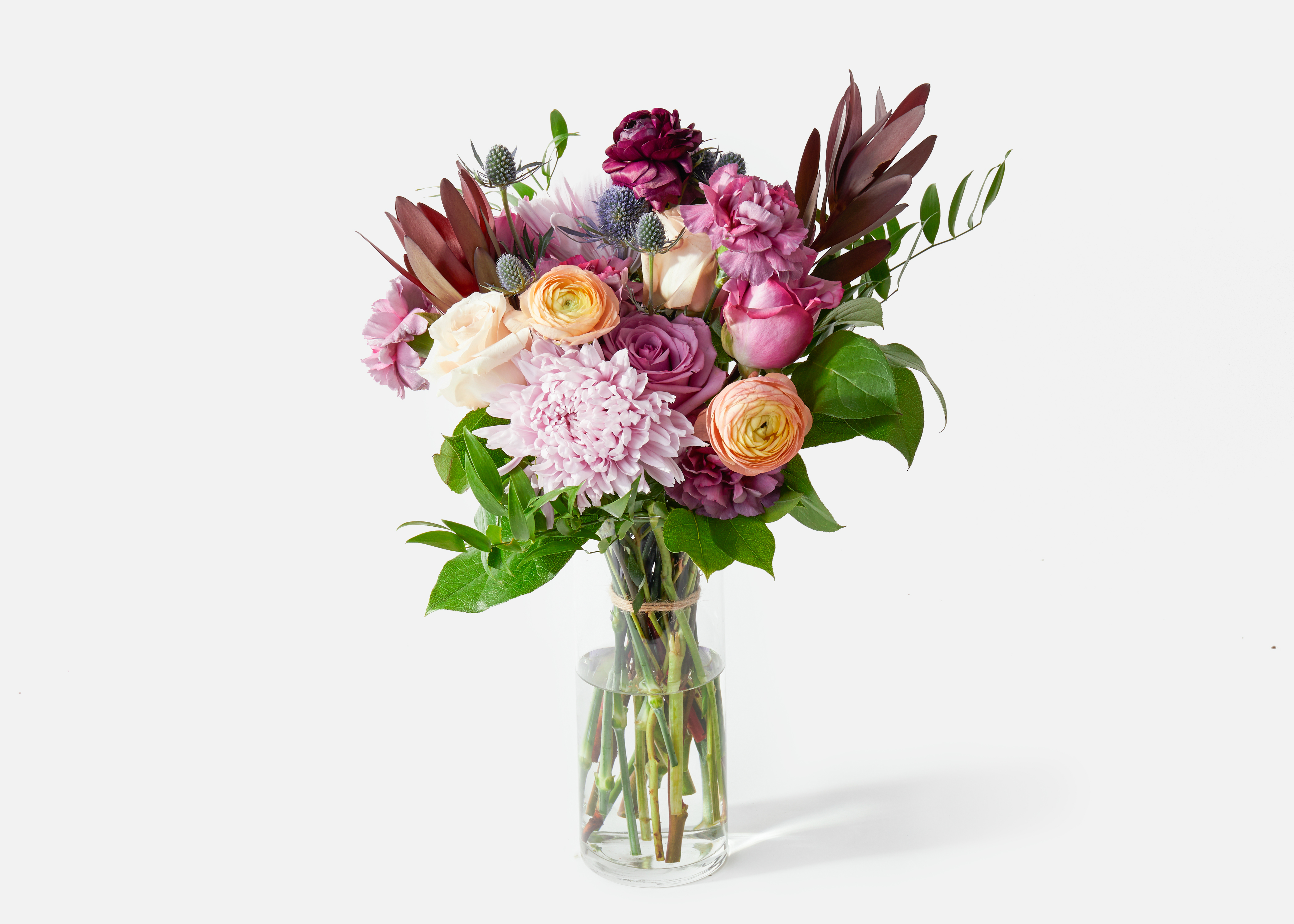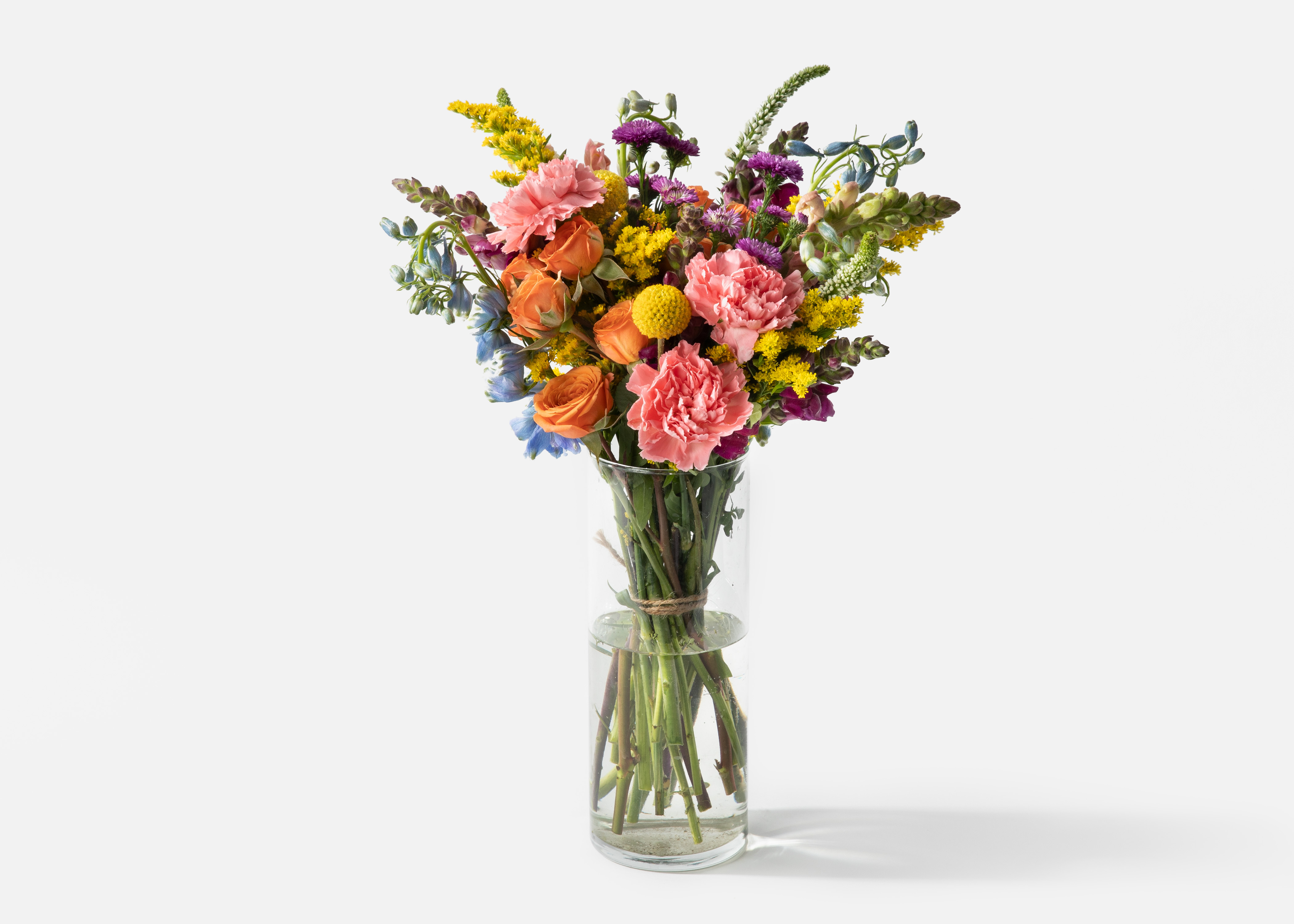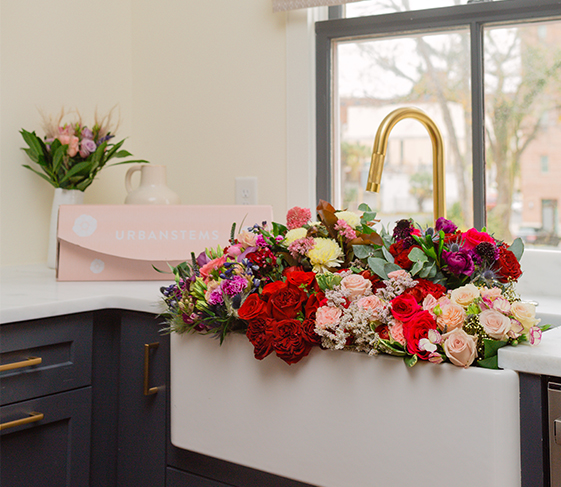Carnations are a favorite with gardeners and florists for their bright colors and spicy-sweet scent that can enliven any garden or bouquet. Also called dianthus, Sweet William, grenadine, gillyflower, and clove pink, they can bloom and survive in very cold weather.
Origins and History
Carnations are grown around the world, but they originated in the Mediterranean area. The scientific name is Dianthus caryophyllus, which is derived from the Greek words dios, or divine, and anthos, or flower. In ancient times, carnations were considered to be the “flower of the gods” and were used in garlands for all kinds of rituals and celebrations.
Carnations have been grown in the United States since around 1850 and come in a wide range of colors, including red, pink, white, purple, and yellow.
Meaning and Symbolism of Carnations
Carnations stand for love, fascination, and devotion. However, the flower’s meanings also vary by the color of the blooms: pink carnations often symbolize a mother’s love and affection, while white ones symbolize good luck, remembrance, and innocence.
Dark red carnations can stand for deep love, and lighter red ones convey affection, friendship, and admiration. There are some less positive connotations as well, with purple carnations sometimes used to convey capriciousness, yellow for disappointment, and striped ones for regret.
Historically, red carnations have been used as symbols of military remembrance and are also popularly associated with May Day or International Workers’ Day. Many countries and states, like Spain, Monaco, Serbia, and the state of Ohio in the US, have adopted carnations as their symbol.
How to Make Carnations Part of Your Life
With their lively appearance and rich symbolism, carnations are widely used in bouquets, suitable for a variety of occasions. A popular Valentine’s Day gift is The Eros bouquet, with a vibrant medley of red and pink roses and carnations, with eucalyptus and sprigs of greenery.
The Athena with white carnations, delphinium, and roses in soft shades of cream, white, and blush is a cheerful gift for all kinds of occasions. And The Confetti lives up to its name with colorful carnations, roses, delphinium, snapdragons, and Veronica.
